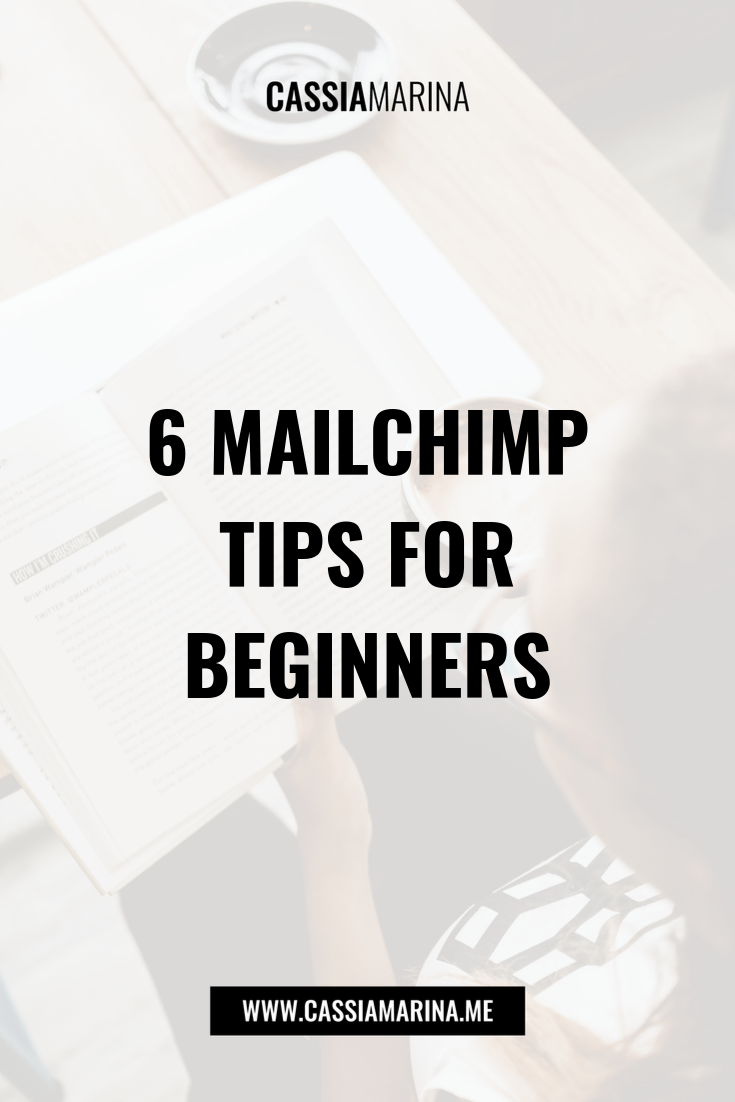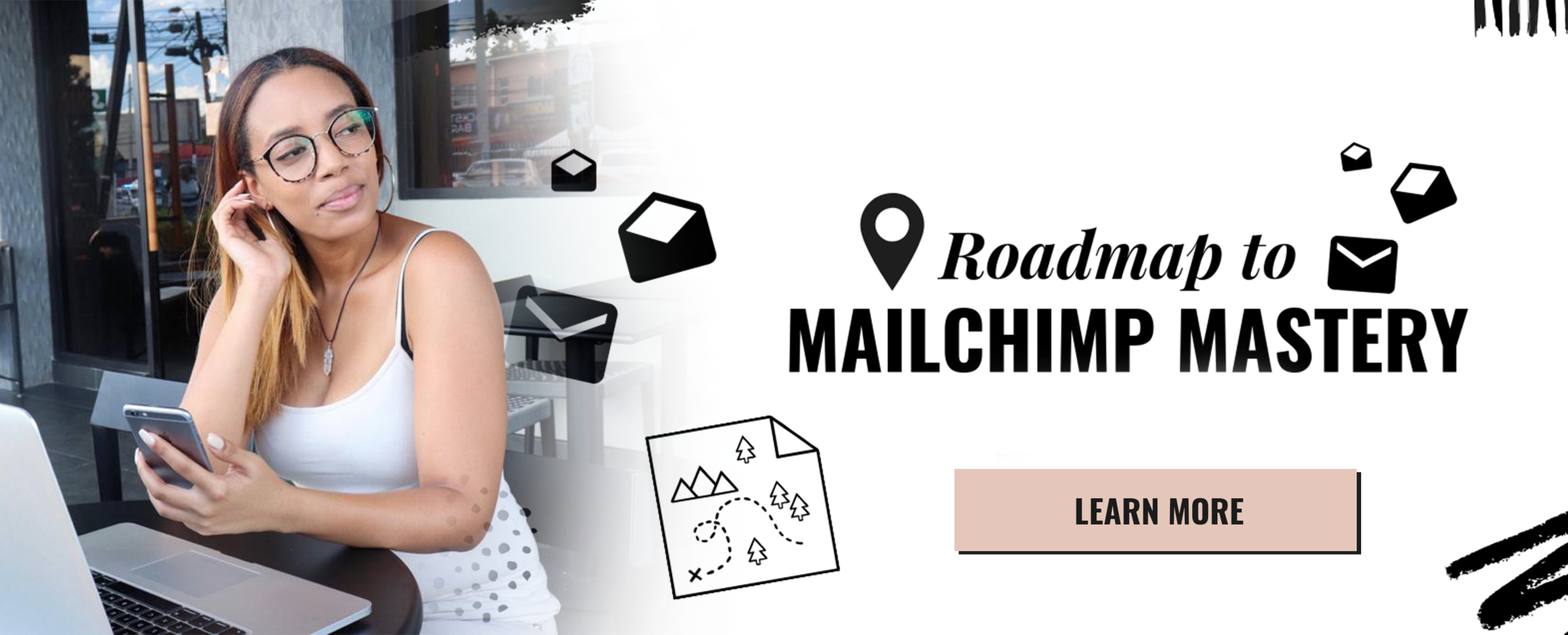6 MailChimp Tips For Beginners
So you’re finally here. You either have been procrastinating on starting to build an email, now just decided that a list is the smart thing to do for your business, or you are in the early stages of using MailChimp and could use any tips or tricks you weren’t aware of yet and always looking to learn how to improve in anything you’re giving time and attention too.
And for that I comment you, because aren’t all, always learning? You can even be using MailChimp for years and some of these tips you were not yet aware of, or from a strategy perspective you never thought using that tool in that way before. Whichever reason brings you here I am going to share 6 useful tips to help you create more professional email newsletters and ultimately even help you be just a bit more efficient with how fast you churn them out.
In this post we will cover:
Make use of MailChimp templates
Create branded templates
Preview and Test Tool
A/B Test Subject Lines
Automation Features
Integrate With Purchasing
1) MailChimp Templates
MailChimp has premade design templates for specific uses if you are not sure where to start. One of the benefits of MailChimp as opposed to some other email service providers is that MailChimp is way more visual than others where it is perfect for coaches where they don’t need or care for pictures just a very standard letter type format. But if you are someone in a business where you need to show visuals, want to show more personality in your emails and more or less wants to keep visual interest then check out MailChimp templates as a starting point to build upon.
2) Create Your Own Branded Templates
You can hire a brand designer or graphic designer to customize your mailchimp templates or build one for you that is branded to your business. Change the colour of the links from MailChimp blue to your own colour on your brand colour palette to give a more branded experience in your email. Remember branding is found in your messaging, tone and visuals. Be sure each one reflects your own brand to build a unique brand experience at each touch point.
3) Make Use Of The Preview and Test Tool
When you are making your final proofread, be sure to view the email in the preview and/ or test tool so that you get to see the email just as it would be viewed to the receiver to catch any off formatting, grammar and spelling errors, it’s amazing what you will pick up after the fact, though in my opinion is harmless, I still recommend proof reading in test mode and not just in the editor, send to a teammate using the test tool to have a new pair of eyes take a look.
4) A/B Test You Subject Lines
A/B is not native to email marketing, it used in FB Ads and many other forms of marketing. The only way to know in marketing how something will work is to test. A/B testing allows you to test subject lines to see which one performs better and will allow you to craft better subject lines as you move forward with your email marketing strategy.
5) Automation Nation
You know ya girl is a huge fan of automation, it’s a big part of what I do. Using tools and systems to run more efficient businesses, to work smarter and not harder. What this means is putting strategy to work! No different to social media the ability to set it and forget it when possible is the same thing you want to employ with your email marketing. This is usually in the form of a welcome/ nurture sequence to new people to your list.
Want to see a nurture list in action, click here to opt-in and experience exactly what a nurture sequence does. In each email it will teach you the objective of the email and what the content should contain. It’s a free mini-email course. Go experience that today. Run don’t walk, go now.
6) Integrate You List With Purchases
If you have an ecommerce website you should connect your mailing list with your shopping cart provider. This way when anyone purchases from your site or shop they get added to a customer list that you can engage with in a unique way. For eg. Birthday offers, special discounts and incentives to return again. This works with any type of eCommerce, eg. Squarespace, Shopify, WooCommerce for WordPress, and even online marketplaces like Etsy, etc
And if you don’t have a shopping cart but take orders by order form you can set-up your order form to connect with MailChimp.
Did you enjoy this blog post? I love hearing from you, let me know in the comments below what you think.
If you have any questions on how to go about implementing these tips, then you should definitely sign up for The MailChimp Mastery Workshop.


